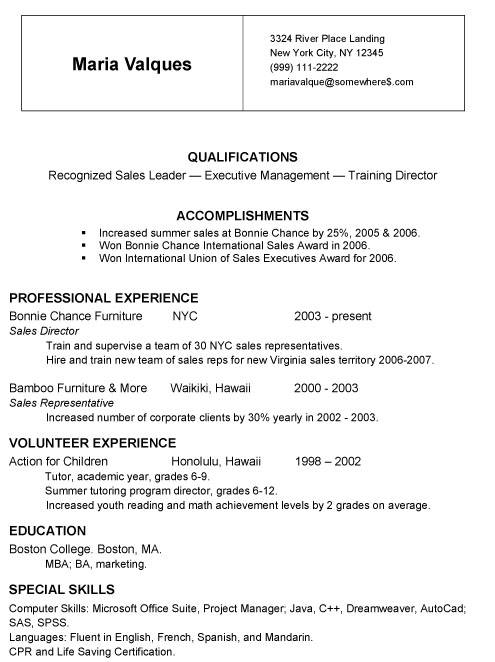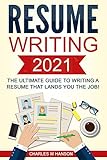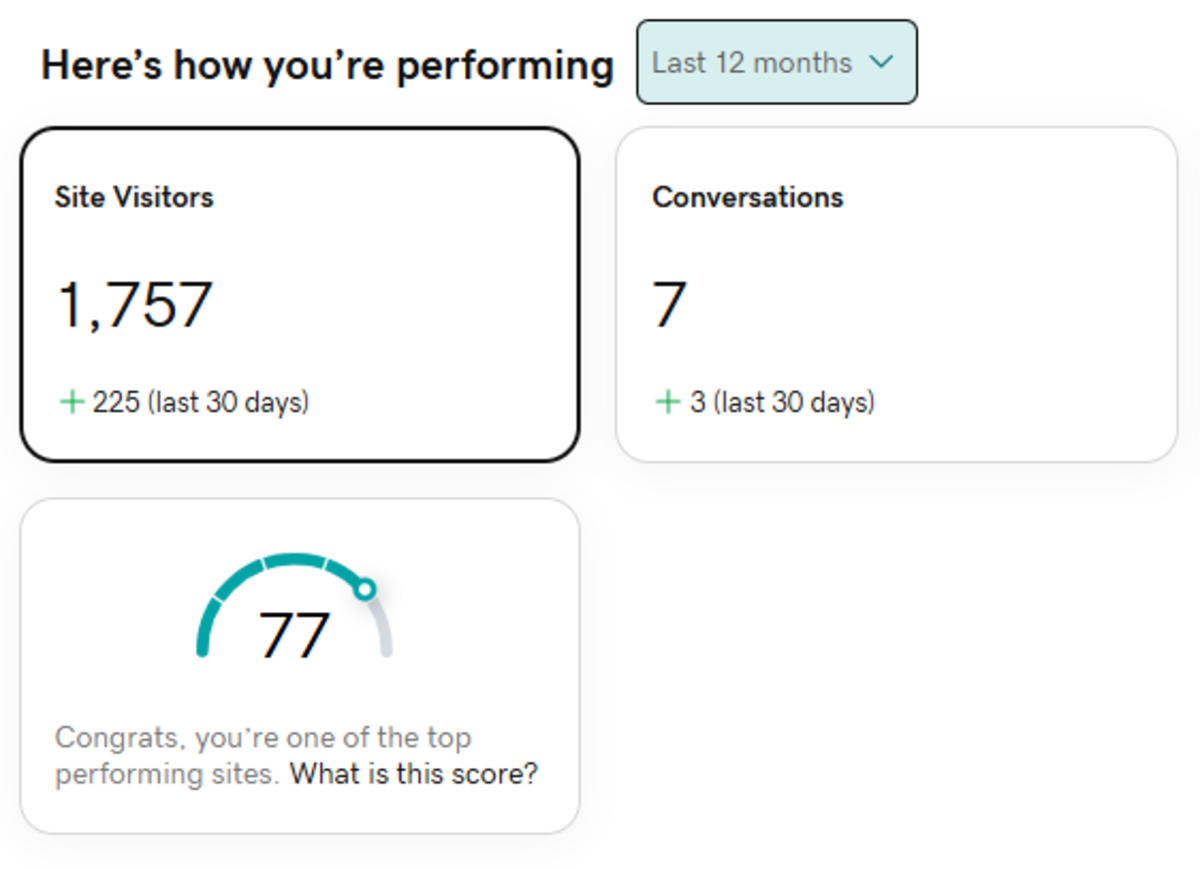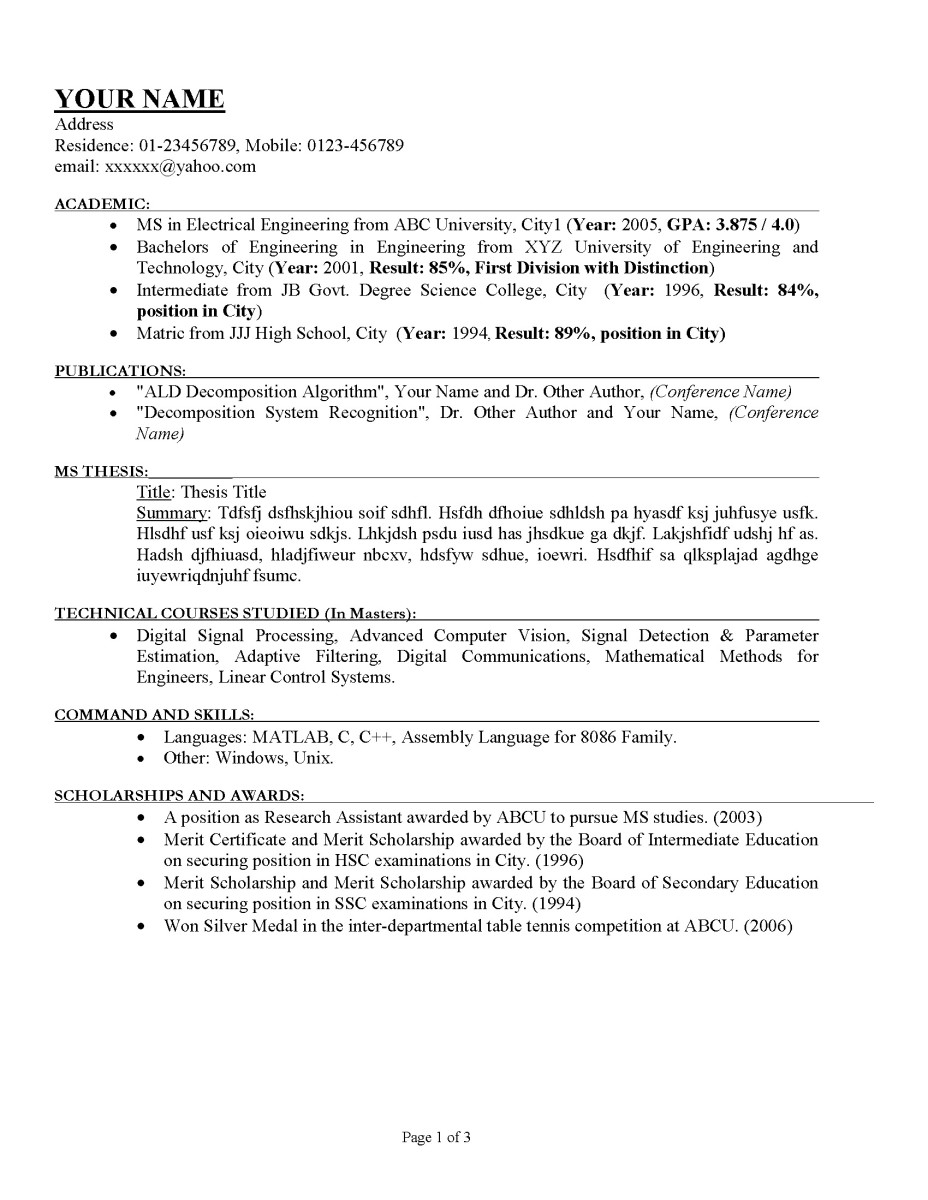Chronological Resumes
What is a Chronological Resume? Is it best for me?
There are several types of resumes used for different purposes and types of jobs. The type that is most commonly used by job seekers and most commonly expected by human resource departments is the Chronological Resume.
This type of resume lists your work experience, education, volunteer and community service activity, and awards and recognitions according to chronological order. Actually, it lists them in reverse chronological order, with the most recent job position or activity being placed first. The oldest activity would then be placed last in the list. For best results, you will usually use only the last 10 years of employment history. This also prevents an interviewer from illegally accessing such information about you as how old you are.
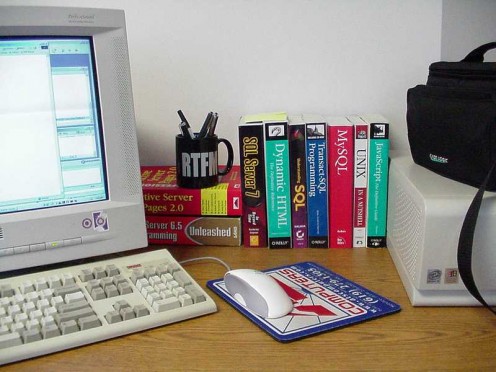
BUILDING A CHRONOLOGICAL RESUME
The Chronological Resume is not difficult to build. Start with the following information and use the Times New Roman or Arial font in 10 pt, 11 pt, or 12 pt size.
CONTACT INFORMATION
Your name (Full first name, middle initial, last name)
Street address
Area Code and phone number
Cell Phone: Area Code and phone number.
E-mail address. If you do not have one, go to Yahoo.com or Hotmail.com.
URL address if you have a professional-looking website or Blog.
QUALIFICATIONS
This is used instead of an Objective Statement these days. You objective to to get a job, of course! Write 3-4 lines that highlight your successes in the line of work you are seeking. (See example in the resume sample below.)
BACKGROUND (optional)
This can be a place to state how well your specific skills directly match the job that you want. This section is not always useful and may not apply to all resumes, thus you can choose to use this section or not. If it helps to develop a strong overall image of yoruself as a valuable future employee, then by all means use it!
First, take an objective look at all of your jobs and notice what skills you developed while working in each one of them. Look also at all of your job descriptions to refresh your memory, but do not write down your job duties in a resume. Write down only your accomplishments related to your job tasks and use hard numbers as evidence whenever possible. Hard numbers would mean something like "Increased department sales by 18% in 2004" or "Recruited fourteen new client accounts in the First Quarter of 2006."
EMPLOYMENT HISTORY OR PROFESSIONAL EXPERIENCE
Include your Work History over the past 10 years -- 15 years at the most.
Your List for each of your past and current employers
Name and Address of the Company
Year Hired - Year Ended
Title of Your Position
Specific Accomplishments on the Job
List what you accomplished at each position and use numbers and percentages to show achievements like increased sales and customer base. Do not list job duties. However, using a bulleted list of accomplishments is great, eye-catching, and fast to read. An interviewer's eye will be drawn to the bullet points quickly, This is important, because, with 10's of resumes to read, the interviewer likely scans each one for only 20 to 30 seconds on the first cut.
EDUCATION
List formal education here, including Associates, Bachelors, Masters, and Doctorate degrees, other certifications, and relevant training. You can also list Grade Point Average (GPA) if you are a new graduate. Educational honors and academic/service societies would also be listed with your credentials here. The listings would look something like this:
Wright State University - PsyD, Educational Psychology -- 2002
Bowling Green State University -- MA, Education -- 1998
State of Ohio Teaching Certificate, 1997
Ohio State University - BS, Psychology -- 1992
Columbus State Community College - AA, Alcohol & Drug Counseling -- 1990
Leave your high school off the list unless that is the last school that you attended, or unless it may have been a special, dedicated school such as an arts immersion school or an IT training high school, etc..
VOLUNTEER EXPERIENCE/COMMUNITY SERVICE
This is especially important if you have little or no work history. Volunteering is still work and sometimes it is harder work than that for which you are paid. In addition, most companies encourage volunteer and community service and appreciate the sense of giving and dedication it suggests.Some companies give time off during the work week for service, such as tutoring in local schools or public speaking.
PROFESSIONAL AFFILIATIONS
List memberships in professional and civic organizations here, unless to do so will give away information about your age, race, ethnic group, faith, disability, sexual orientation, or any minority status. The company is generally not entitled to that information, and there are few exception.Do not abbreviate the names of the organizations, because the interviewer will likely not know what they mean.
SOFTWARE SKILLS
List all of your computer skills and what programs and software you can use here, especially those relevant to the job you are seeking. Make sure that you can really use everything you list! If you are into computer games and have helped design some, make sure to include that experience. If you have done eLearning as an instructor and have designed class content, certainly include that. Similarly, if you have administered or designed online or computerized testing or assessments, then this is vital to include.
OTHER SKILLS
There are many other skills and talents that you can list in this category. Any skills relevant to the job you are seeking are important and valuable here.
- Languages
- Accounting skills
- Project management
- Hazmat training
- Inventory skills
- Six Sigma Training
- Fund Raising
- Volunteer Recruitment
- CPR and/or Life Saving
- First Aid training
- Training skills
- Licenses - i.e., private investigator, pilot, counselor, etc.
- Other

THE BIG PICTURE
Overall, your resume should be concise, clear, and long enough to interest an interviewer toward offering you an interview. A resume may be one or two pages long; occasionally three if you have publications and these would go on Page 3, Publications. Your Cover Letter goes on top of the Resume and your References page goes behind it when you are submitting a resume package in which references are requested right away.
Microsoft Word has a resume building template in it that is easy to use. You just fill in the blanks with your information.Yahoo.com has an online resume builder that is great, too. Monster.com has a good one. If you do a Google search for "resume templates" you will find 10's of choices online as well.
A good practice exercise is to create different versions of your resume and post them to different job search sites, then track which version receives the most feedback or hits. In addition, you will want to build different versions if you are interested in more than one field of work. Remember to use Spell-Checking to ensure that all typos are caught and corrected.
A Simple Chronological Resume
